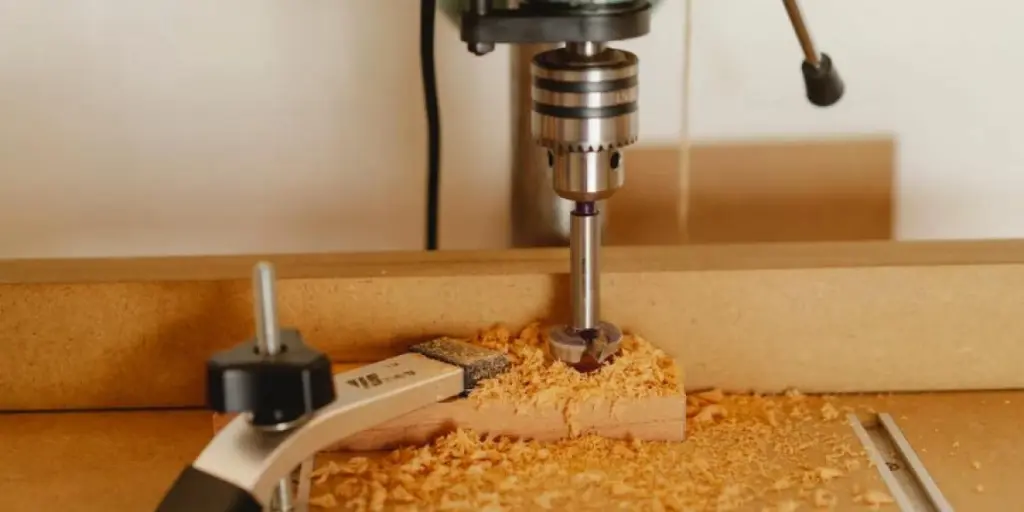In the realm of machining and metalworking, specialized tools are crucial for precision and efficiency. Two commonly used machines are mills and drill presses. While these devices may appear similar at first glance, they serve distinct purposes and possess unique features that set them apart. This means understanding the differences between a mill and a drill press is essential for manufacturing and engineering.
This article aims to shed light on the distinctive characteristics of mills and drill presses, highlighting their strong and weak points, as well as their potential applications.
Table of Contents
What is a mill?
What is a drill press?
What is the difference between a mill and a drill press?
Conclusion
What is a mill?
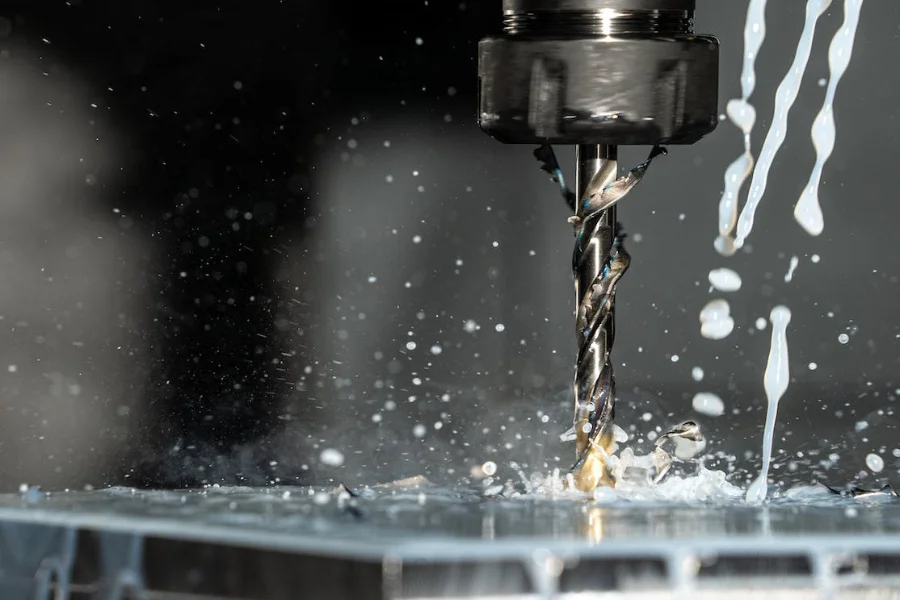
A milling machine, commonly called a mill, is a versatile tool used in metalworking and manufacturing industries. Its primary purpose is to eliminate material from a workpiece using rotating cutters, ensuring meticulous shaping and precise dimensional outcomes. Consisting of a spindle that houses cutting tools like end mills, which possess multiple cutting edges, the mill effectively guides these tools across the workpiece, allowing for controlled material removal. To secure the workpiece, it can be firmly positioned on a worktable or clamped in a vise, ensuring stability during the machining process.
Pros
- Mills provide a wide range of operations, including milling, drilling, boring, tapping, and reaming, allowing for the production of complex shapes, slots, and contours on flat and curved surfaces.
- They offer high precision and accuracy, making them suitable for applications that require tight tolerances and fine details.
- They can work with diverse materials such as metal, wood, and plastics, expanding their applications across multiple industries.
- Mills can be equipped with different cutting tools and accessories, allowing customization based on specific machining requirements.
Cons
- Mills can be significant financial investments, particularly for advanced models or those equipped with computer numerical control (CNC) technology. Additionally, their size necessitates a dedicated workspace and may require additional equipment for optimal operation.
- Operating a mill demands training and expertise. Acquiring proficiency in understanding the machine’s controls, tooling, and programming (in the case of CNC mills) can require a substantial learning period.
Applications
- Metalworking – Mills are extensively utilized in metalworking industries, where they excel in tasks such as fabricating precision parts, machining gears, milling threads, and producing prototypes.
- Manufacturing – They play a pivotal role in diverse manufacturing processes, including producing molds, dies, and components for aerospace, automotive, and electronics industries.
- Woodworking – Mills find practical applications in woodworking tasks, such as cutting joints, shaping wood, and crafting decorative patterns.
- Prototyping and fabrication – They are invaluable tools in prototyping and fabrication processes, facilitating the creation of custom parts, models, and prototypes with exceptional precision.
What is a drill press?
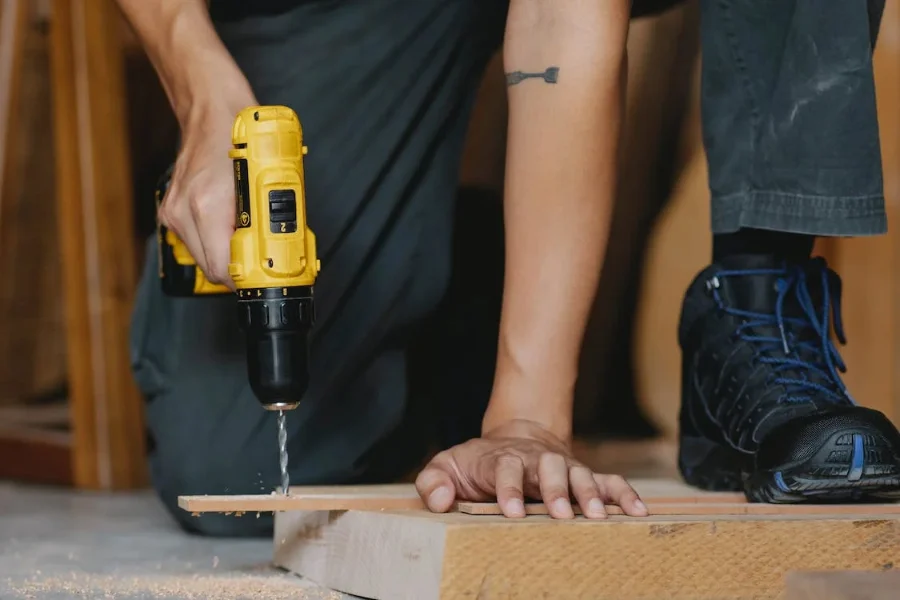
A drill press, a drilling machine or pedestal drill, is a stationary tool designed explicitly to drill holes in various materials. Its components include a base, a column, a worktable, a spindle, and a drill head. The drill head contains a rotating spindle that securely holds a drill bit and can be vertically adjusted to suit different drilling depths.
Pros
- They deliver precise drilling operations, ensuring accurate and consistent hole placement and depth.
- The rigid design and robust construction of drill presses offer excellent stability during drilling, minimizing vibrations and enhancing control.
- Feature multiple speed settings, enabling users to adjust drilling speed based on the material and desired hole size. They provide ample power to drill through various materials.
- While their primary function is drilling, drill presses can accommodate additional operations such as reaming, countersinking, and tapping with suitable attachments.
Cons
- Drill presses are primarily designed for drilling and may have limitations regarding complex machining tasks or shaping operations.
- They can be bulky and heavy, requiring a dedicated workspace and limited portability compared to handheld drills.
Applications
- Woodworking – Drill presses find widespread use in woodworking, where they are employed to drill holes in wood for joinery, furniture making, cabinetry, and various other woodworking projects.
- Metalworking – In the metalworking industry, drill presses are extensively utilized to drill holes in metal sheets, plates, and components, playing a crucial role in fabrication, machining, and assembly processes.
- DIY Projects – Drill presses are highly popular among DIY enthusiasts, who utilize them in many projects, including home improvements, crafts, and hobbies that demand precise and accurate drilling.
- Construction and engineering – Drill presses are essential tools in the construction and engineering sectors, such as drilling holes in structural materials, metal frames, and installations.
What is the difference between a mill and a drill press?
1. Movement
The primary distinction between a mill and a drill press is their movement. A mill enables both rotary and linear movement, allowing the workpiece to be maneuvered in multiple directions, including vertical, horizontal, and lateral. On the other hand, a drill press predominantly offers vertical movement, enabling the drill bit to travel solely in an up-and-down straight line.
2. Functions
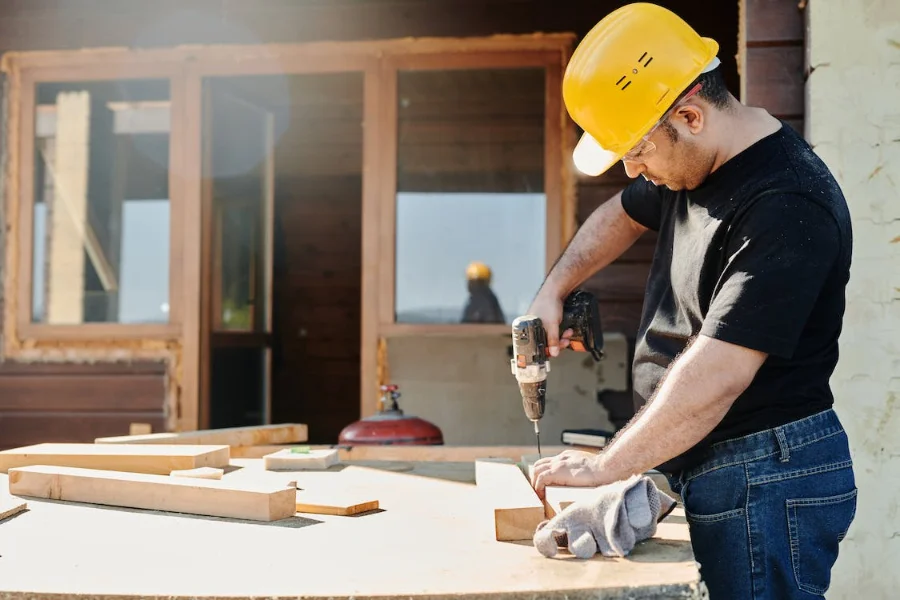
A mill is a highly versatile machine capable of performing multiple operations, including milling, drilling, boring, tapping, and reaming. It shapes the workpiece, producing slots, contours, and intricate forms. Conversely, a drill press is primarily dedicated to drilling holes in materials. While it can handle certain supplementary operations, such as countersinking and reaming, its primary focus remains on drilling.
3. Complexity
Mills are typically more intricate machines in comparison to drill presses. They frequently integrate advanced attributes such as multiple axes of movement and CNC technology. In contrast, drill presses are simpler machines with a more straightforward design and operation.
4. Accuracy
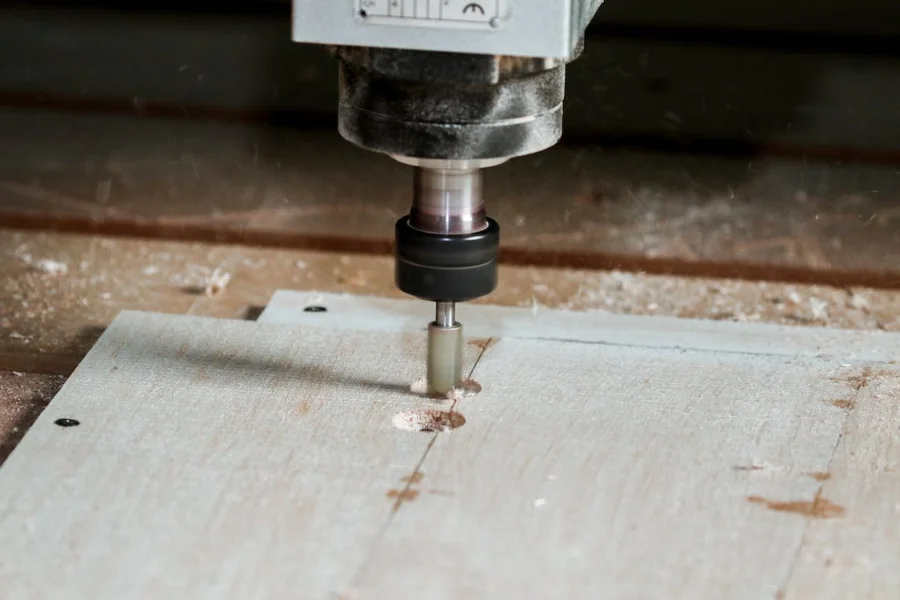
Both mills and drill presses can deliver accuracy in their operations, but mills generally offer higher precision and accuracy owing to their enhanced control over movement and positioning. Mills can achieve tighter tolerances and finer details in the machined workpiece.
5. Cutting tools
Although both machines employ cutting tools, there are differences in the types of tools utilized. Mills commonly utilize rotary cutting tools like end mills, which feature multiple cutting edges. These tools enable material removal through various techniques such as face, side, and slot milling. In contrast, drill presses, as the name implies, primarily employ drill bits specifically designed for drilling holes.
Conclusion
Understanding the distinction between a mill and a drill press is crucial in choosing the appropriate machine for specific machining requirements. Mills provide versatility, precision, and the capability to execute various operations, making them ideal for intricate shaping tasks across diverse materials. Conversely, drill presses excel in their ability to drill holes with stability and ease efficiently.
Pay a visit to Alibaba.com and uncover a diverse selection of mills, drill presses, and other machining tools tailored to meet your specific needs.
